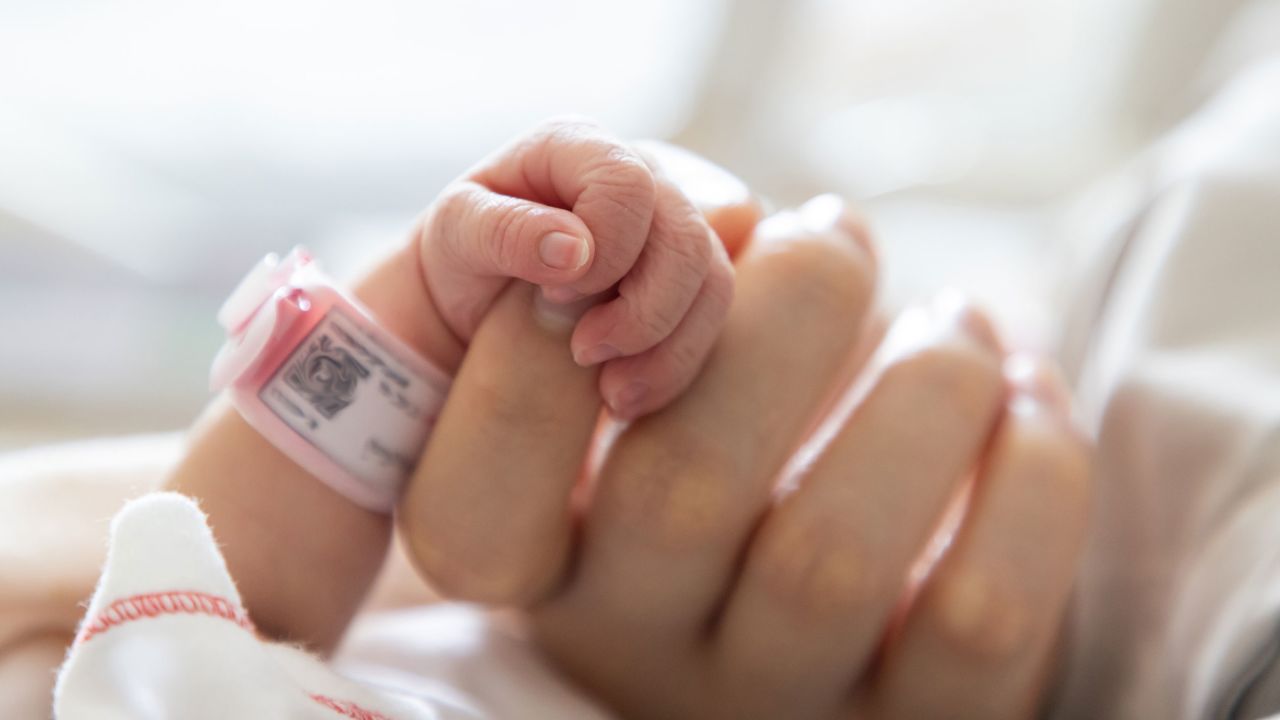The rate of premature birth in the United States is climbing, according to the infant and maternal health nonprofit March of Dimes. On Tuesday, the organization released its annual “report card” on maternal and infant health, which involves a newly updated calculation system. Taking an in-depth look at premature births, the new report found that the US preterm birth rate rose to 10.5% last year, representing an increase of 4% since 2020 and the worst national rate since March of Dimes started tracking this data in 2007, based on its new calculation system. The US preterm birth rate peaked in 2006 at 12.8%, according to data from the National Center for Health Statistics. Since then, some March of Dimes reports have found US preterm birth rates much higher than 10.5%, but those rates were based on calculations that have since been updated, according to March of Dimes. “There are too many babies being born too soon: 1 in 10. If you were to have 10 babies in front of you and one of them is having to face the complications that comes with prematurity, that’s unacceptable, and we need to do better,” Henderson said, adding that those 1 in 10 are more likely to be Black, American Indian or Alaska Native. March of Dimes data in the new report shows that infants born to Black and Native American mothers are 62% more likely to be born preterm than those born to White women. States with the highest and lowest rates The new March of Dimes report also highlighted state-by-state differences in the rate of babies born prematurely across the country. The report grades a preterm birth rate less than or equal to 7.7% as an A and a preterm birth rate greater than or equal to 11.5% as an F. The national preterm birth rate of 10.5% is graded as a D+ No state has achieved an A rate, and only one has a state-level preterm birth rate that would be graded as an A-: Vermont, which has the lowest preterm birth rate in the US at 8%. Meanwhile, nine states and one territory have preterm birth rates that received an F grade: Georgia and Oklahoma with 11.9%; Arkansas, Kentucky and Puerto Rico There are many potential factors contributing to the nation’s rising preterm birth rate, and Covid-19 remains one of the biggest. How Covid-19 plays a role: There are many potential factors contributing to the rise in U condiţiile de utilizare? What does it mean when your baby was delivered earlyoo mother care: The new WHO guidelines advise immediate skintokin contact (kangarey care) should be provided to a pre termbabies immediately afterbirth, unless theyare really criticallyill, ratherthanwaiting untiltheyhavebeenstabilized by medical staff. Separate fromtheMarchofDimes
The United States has been given a D+ grade for its rising preterm birth rates, according to a new report.

